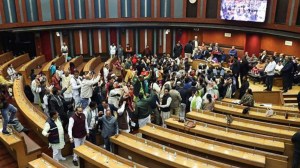- India
- International
Their own worst enemy; how Britain’s education policy cost it the Empire’s Crown Jewel
In 1935, the British Government passed legislation introducing English education to the masses. Their intent was to create a generation of Indians who would aid the Crown in administering its colony but if the road to hell is paved with good intentions, the road to independence was paved with bad ones. The very policy that was meant to further subjugate Indians catalysed free thought and questioned the notion of British superiority, eventually culminating in the Congress’ demand for full independence.
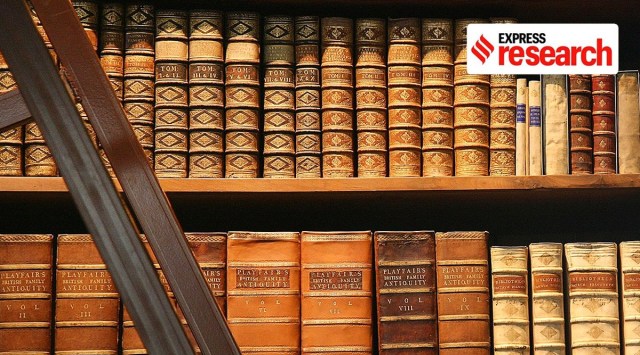 Western education spread rapidly amongst the anglicised elite in colonial India, shaping leaders such as Nehru, Gandhi and other stalwarts of the Independence Movement (Photo: Wikimedia Commons)
Western education spread rapidly amongst the anglicised elite in colonial India, shaping leaders such as Nehru, Gandhi and other stalwarts of the Independence Movement (Photo: Wikimedia Commons)Jawaharlal Nehru, the first Prime Minister of independent India, reportedly told noted American economist, John Kenneth Galbraith, “You realise, Galbraith, that I am the last Englishman to rule in India.”
Although Nehru is seen as one of the seminal figures of the Indian independence movement, according to the man himself, after returning from University in the UK, he was “as much prejudiced in favour of England and the English as it was possible for an Indian to be.”
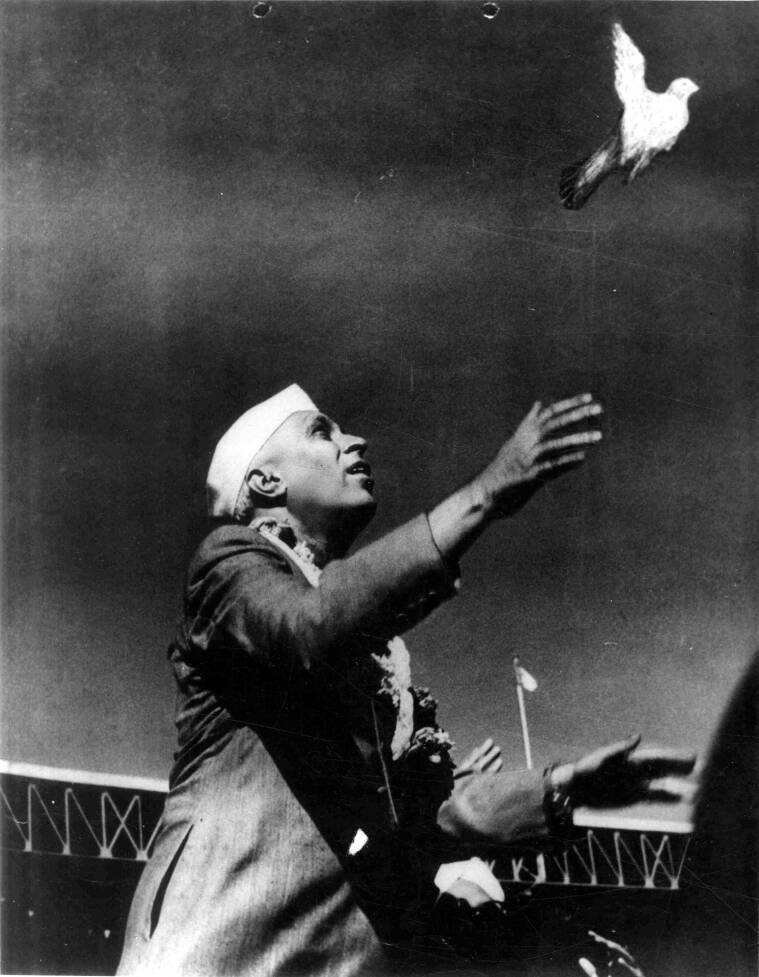 Jawaharlal Nehru (Photo: Express Archive)
Jawaharlal Nehru (Photo: Express Archive)
Nehru was not alone in this regard. After centuries of colonial rule, by the early 1900s, there was a privileged class of Indians who had been educated in English, had adopted European mannerisms, and in the case of people like Nehru, had been educated at Western institutions. The British hoped these Indians would be sufficiently anglicised to act as an intermediary between the Empire and its colonial subjects, but in an ironic twist of fate, the very class of Indians that the British intended to ‘civilise’ through Western education ended up being the pioneers of the Indian independence movement.
Some will attribute this inadvertent phenomenon to the educational policy laid forth by Thomas Babington Macaulay in 1835, but to truly understand the transformation of schooling under British rule, it is important to look further back into the history of pre-colonial India.
Education in pre-colonial India
Education in pre-colonial India was characterised by a segmentation along religious and caste lines, under what was known as the Gurukul system. As one of the oldest educational structures, the Gurukul system favoured traditional knowledge and spiritual development. Women, lower castes and other underprivileged people were often barred from accessing education.

When the Mughals arrived in the mid 1500s, they attempted to spread education to the general people with Mosques occupying the nexus of this system. However, even then, pathshalas, or village schools remained prominent.
While not much is known about early Indian education, the 17th century French traveller and physician Francois Bernier, was scathing in his criticism of it. Of the holy city of Benares (or Varanasi), he said: “There was nothing there approaching a decent university; neither colleges nor classes, just small groups of disciples under religious gurus, housed in the homes of rich merchants.”
Of gurus, he was equally dismissive. He claimed that they imparted a worldwide that was fundamentally inconsistent with the tenets of scientific discovery, instead preaching, amongst other things, that the seven continents were surrounded by seas of butter, sugar and wine, and that the whole world was supported on the heads of elephants.
Similarly, in 1985, Delhi-based historian Arpana Basu wrote in an article for the Comparative Education Review, that “the village patshalas were often housed in shabby dwellings and taught by ill-qualified teachers…There was no fixed class routine, timetable or school calendar. There was no annual examination.”
However, when William Adam, a Scottish missionary who travelled to India in the 1830s, was asked to report to the East India Company on the progress of Indian education, he had a far more favourable view. While he acknowledged that patshalas were limited in resources, he also noted that they seemed to meet the requirements of the time, with gurus deciding what to teach according to the needs of the students.
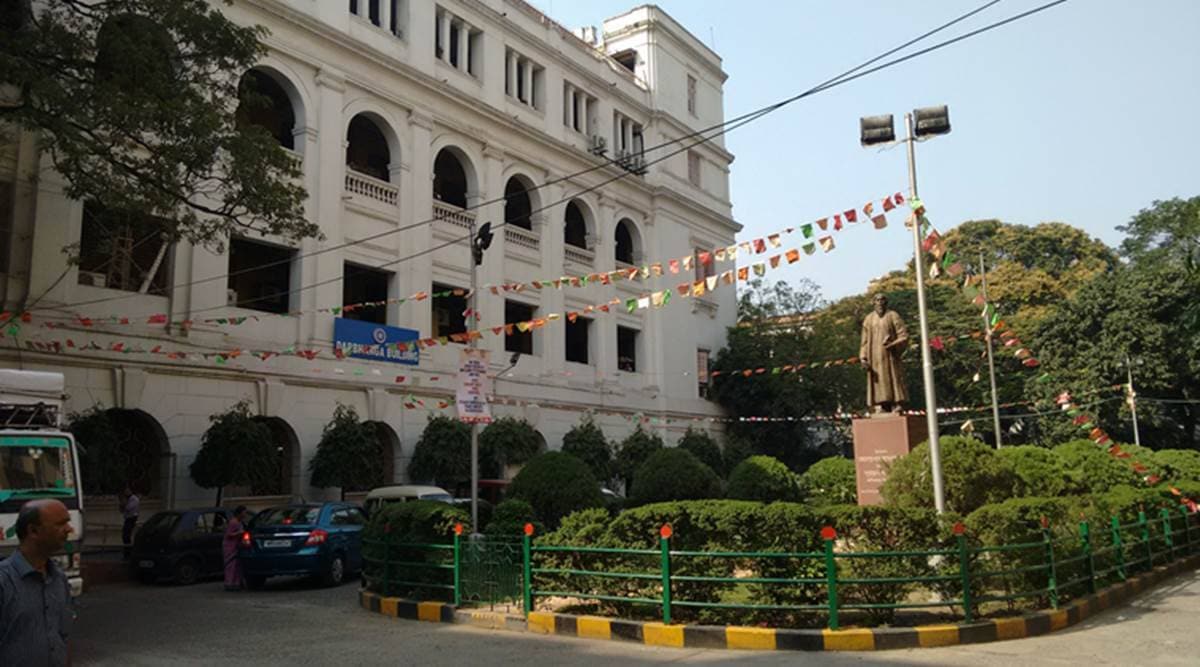 University of Calcutta one of the first Western educational institutions established in India. (File photo)
University of Calcutta one of the first Western educational institutions established in India. (File photo)
The early days of British rule
In the beginning, the East India Company assumed little responsibility for education in India. Eighteenth century orientalists were the first to take an interest in the matter. Warren Hastings, the first Governor-General of Bengal; William Jones, a British jurist; and Jonathan Duncan, the Governor of Bombay were deeply enamoured by the study of ancient and medieval India and particularly the Sanskrit and Persian language cultures. Their efforts led to the formation of madrasas and colleges across the country along with India’s first literary society, the Asiatic Society of Calcutta. Founded in 1784 by Jones, the Asiatic Society brought the print revolution to India with its publication of a Bengali grammar, being the first work in any Indian language to be printed.
Hastings, an eager patron of Sanskrit himself, was particularly involved in these efforts, personally funding the translation of Sanskrit texts into English and other vernacular languages.
It was only in 1813, that the British Parliament contributed to this development, enacting a provision of Rupees one lakh annually ‘for the revival and improvement of literature and encouragement of the learned natives of India, and for the introduction and promotion of a knowledge of the sciences.”
Although the state funding initially went to institutions favouring traditional learning, in parallel, Christian missionaries began to open Convent Schools, which reformed and modernised educational standards. According to the historian Zareer Masani, this educational backdrop produced India’s first Western style, secular college, the Calcutta Hindu College, later renamed Presidency College. This joint venture between British officials and the Bengali elite lay the groundwork for future Indian colleges.
These transformations in education were often unpopular back in London, with the directors of the East India Company expressing concern that the spread of Western education may encourage rebellion amongst Indians. However, Governor-General Lord Hastings dismissed these concerns, stating that “It would be treason to British sentiment to imagine that it could ever be the principle of this Government to perpetuate ignorance in order to secure paltry and dishonest advantages over the blindness of the multitude.”
As Western education flourished in India, politicians in London began to realise that this new group of Indians could actually operate in favour of the British. To administer a large colony like India, the British needed educated professionals to work for them in numbers that would be impractical to import from abroad.
It was under this backdrop that Macaulay drafted the legislation known as the English Education Act of 1835.
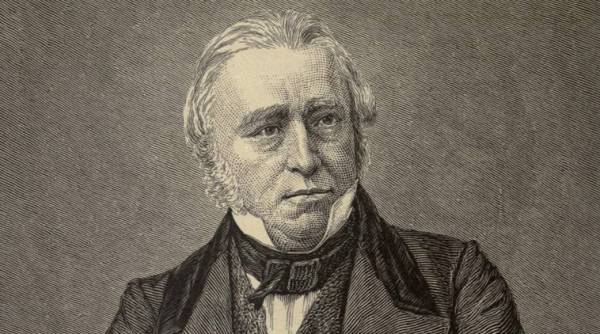 Thomas Babington Macauley (Photo: Wikimedia Commons)
Thomas Babington Macauley (Photo: Wikimedia Commons)
Macaulay’s Minute on Indian Education
Around the time that Macaulay was drafting his signature policy, there was a debate among Indians and the British about the type of education needed in India. The Orientalists believed in the promotion of traditional Indian education in vernacular languages while their opponents, the Anglicists, thought that the government should spend money only on Western education, imparted in English.
Macaulay belonged to the latter camp, advocating for the creation of a pool of Indians capable of serving British interests. This group would be “Indian by blood and colour, but English by tastes, opinions, morals and intellect. Entry into this group would also be limited to only a few Indians, who would then educate the rest of the population according to Macaulay’s controversial Downward Filtration Theory.
Modhumita Roy, a professor at Tufts University, describes the policy as being “specifically designed to create a certain class who would assist in the administrative functioning of the colonial state and was neither designed to be, nor directed toward, mass education. She says the policy did not result in a large-scale increase of literacy, dismissing the filtration theory as a “pipe dream.”
In addition to prioritising funding for Western education, in 1844, Lord Hasting’s administration announced that preference for office appointments would be given to people who could speak English fluently. These twin policies contributed to the rapid growth of European style Universities in India, particularly in Bombay, Madras and Calcutta.
However, even amongst the British, Macaulay’s theory was controversial. After the British Crown took over from the Company following the revolt of 1857, Viceroy Lord Mayo made a scathing assessment of the country’s educational policy, lamenting that the British were educating a few hundred Babus at a great expense, who would then do nothing toward extending knowledge to the millions. In keeping with his own priorities, he added that these English speaking Babus did little to advance British interests.
Instead, he prioritised the recommendations of the 1854 ‘Wood’s Despatch,’ which called for the spread of education in both English and vernacular languages. The report, which is described as the Magna Carta of English Education in India, encouraged students to study in local languages at the school level and then transition to English in University. Wood’s Despatch was to form the basis for all future legislation related to the spread of education in India.
As for the patshalas, those that were willing to accept the new system were supported through government grants, while those unwilling to, received no state support. Additionally, the rigid nature of the system, which required regular attendance, excluded many children from poor families, who had to work in the fields and were unable to attend school consistently. Going forward, the Gurukul system was severely curtailed, never to regain the prominence of its early days.
The British educational policy was controversial in many ways however, it would be inaccurate to assign them sole responsibility for it. As historian Amar Kumar Singh, wrote in Minerva Magazine in 1963, “if the colonial administrators instituted English in order to produce consent among the ruled, it is remarkable how little resistance there was from the indigenous population to begin with. It is fair to say that indigenous elites clearly aided the introduction of English as the official language.”
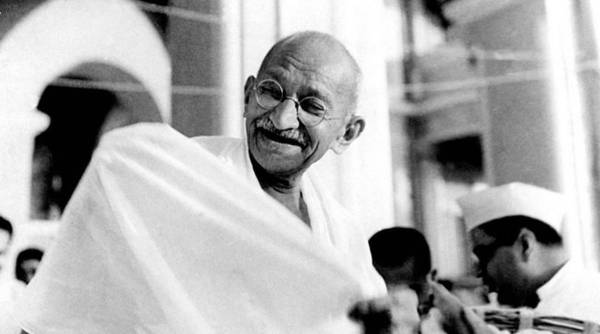 Mahatma Gandhi studied law in England before returning to India to campaign for independence. (Photo: Express Archive)
Mahatma Gandhi studied law in England before returning to India to campaign for independence. (Photo: Express Archive)
History may judge those elites harshly for favouring British customs over their own cultural heritage but, from Mahatma Gandhi to Jawaharlal Nehru to Muhammad Ali Jinnah, it was those same elites that formed the backbone of the Independence movement. According to Singh, this group was introduced to revolutionary ideas through Western education, and therefore, “it was the English educated who led the nationalist movement from its very inception.”
Impact on the Independence Movement
Combined with an economic and social transition, the education policy created a new ‘neo-social’ class which included trading communities, civil servants and businessmen. Raja Ram Mohan Roy, Ishwar Chandra Vidyasagar, Swami Vivekananda, Aurobindo Ghose, Gopala Krishna Gokhale, Dadabhai Naoroji, Pherozeshah Mehta, Surendranath Banerjea and others who belonged to this group led the social movements in India.
Educated Indians were exposed to a range of western revolutionary thinkers which in turn fuelled their own desire for independence. In particular, the ideas of philosophers John Locke and Voltaire were particularly influential according to Singh. Both men wrote extensively on the nature of government and argued that it is the responsibility of the citizen to remain sceptical and keep government representatives accountable. Through the study of these ideas, educated Indians started to realise the importance of basic rights such as the right of assembly and of a free press, and used their considerable political clout to unite the Indian people against colonial rule.
These leaders gathered to form various organisations and educate the people on the policies of the British. One of those organisations was the Indian National Congress.
However, many were critical of this new intelligentsia with Rabindranath Tagore stating that “outside the bhadralogue class, pathetic in their struggle for fixing a university label on their name, there is a vast obscure multitude who cannot even dream of such a costly ambition.”
Amongst the anglicised Indians, there were many that had benefited from British rule, but desired to see an India freed from foreign occupation. Of the 16 members of the first Nehru Cabinet, 31 per cent had been educated abroad.
Historian Sumita Mukherjee in her book, The Social Interactions of the England Returned, writes that “The INC was initially dominated by English-educated elites. A change in leadership and authority occurred from 1920, when the INC began to adopt Khadi dress; more delegates from the lower middle classes began to become involved in the Congress and there was an increasing use of Hindi and other vernaculars instead of English.”
The legacy of Western education in India continues till today, and while we can debate over the intent of the policy, it is hard to ignore the considerable impact that it had on the Independence Movement.
Apr 25: Latest News
- 01
- 02
- 03
- 04
- 05


















